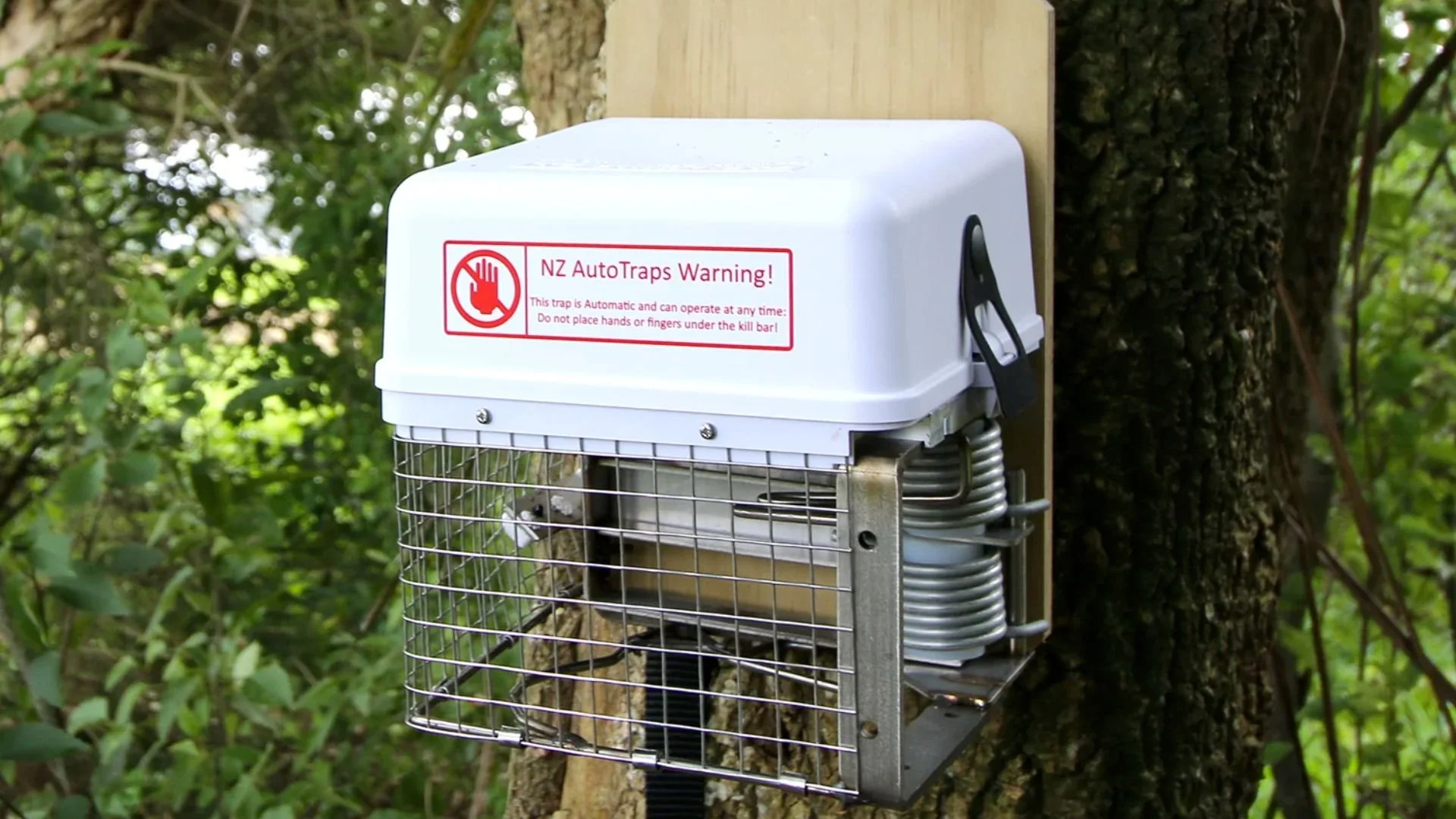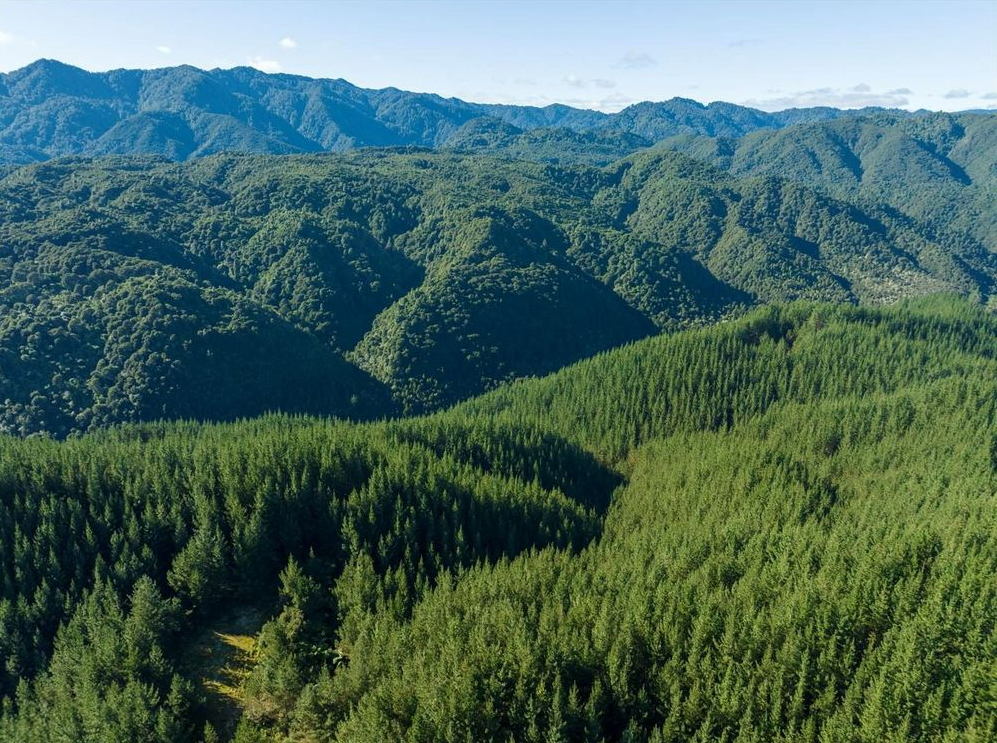Commitment to Carbon Sequestration and Biodiversity
Sustainable land management is at the core of New Zealand Rural Land Company’s (NZL) investment strategy, and they implement it through partnerships with specialist operators across each sub-sector of its portfolio.
A key partner of NZL in the forestry sub-sector is New Zealand Forest Leasing (NZFL), the largest forestry participant in New Zealand’s Emissions Trading Scheme (ETS). Together, NZL and NZFL have developed a programme to deliver enduring environmental and biodiversity value, while contributing to the country’s long-term climate goals.
As of 30 April 2025, NZL has invested approximately $87 million into forestry land across the southern North Island. While historically focused on pastoral properties, the addition of forestry reflects a broader strategy to diversify by land use and geography, whilst enhancing returns on deployed capital.
Richard Milsom, Co-founder of NZL and Director of New Zealand Rural Land Management, said the forestry investments served three key purposes.
“Firstly, they generate attractive rental income, which ultimately benefits our shareholders. Secondly, they play a role in helping New Zealand meet its goal of being carbon zero by 2050.”
“And finally, in line with our commitment to stewardship of the land we own, our pine forests are a focus of native planting and regeneration efforts that will foster biodiversity and embed carbon sequestration for many years to come.”
At the heart of our programme is a commitment to native regeneration. One pillar of the strategy employed is using pine trees as a ‘nurse crop’, leveraging the pine tree’s fast growth rates and high carbon sequestration capacity to create a protective canopy and income. This suppresses competing grasses and weeds, establishing the microclimate necessary for shade-tolerant native species to thrive.
This approach also makes native restoration financially viable. Early-stage native flora and fauna species sequester relatively little carbon, making it harder to fund independently. The programme uses pine to generate early carbon income, which then supports the longer-term transition to native forest, without relying on external or crown funding.
The programme enables a gradual transition to native forest by encouraging natural seed dispersal from existing or strategically introduced native stands. As native growth accelerates, selective thinning of the pine canopy increases light penetration, further promoting regeneration.
This process is supported by active land management practices, including fire risk mitigation, forest health monitoring, and pest control, all of which are essential for forest resilience and biodiversity. One of the standout features of the programme is its leadership in pest management. In collaboration with local councils, our partner NZFL operates New Zealand’s largest private pest control network, maintaining over 880 traps and removing around 2,500 pests monthly. These efforts protect native seedlings and critical bird and insect populations that support seed dispersal and regeneration.
Technology also plays a key role in the programme’s success. The programme deploys smart, self-reloading traps that operate autonomously, collect real-time data, and send Bluetooth-enabled service alerts. This evidence-based approach ensures pest control is both efficient and targeted, reducing operational emissions and increasing ecological impact.
By combining expertise in land ownership and operational forestry, NZL and NZFL are delivering a programme that balances economic returns with environmental regeneration. A model of sustainable land management that supports biodiversity, strengthens climate resilience, and delivers long-term value for New Zealand and shareholders.
Richard Milsom
Co-founder and Director, New Zealand Rural Land Management




